Cardamom is a unique spice used for both food and drinks and it will add its characteristic earthiness to any recipe that calls for it. Because it has a complex flavor profile, replacing it can be tricky. Keep reading to find out the best cardamom substitutes and your dish will turn out amazing!

We understand the allure of cardamom; it has a remarkable flavor that makes it an awesome candidate for both sweet and savory dishes.
Plus, this spice is a favorite of many cultures around the world, and it’s a key ingredient in countless Indian and Middle Eastern recipes.
We’ll suggest quite a few alternatives to this unique spice to help you out.
Let’s dive right in!
What Is Cardamom?
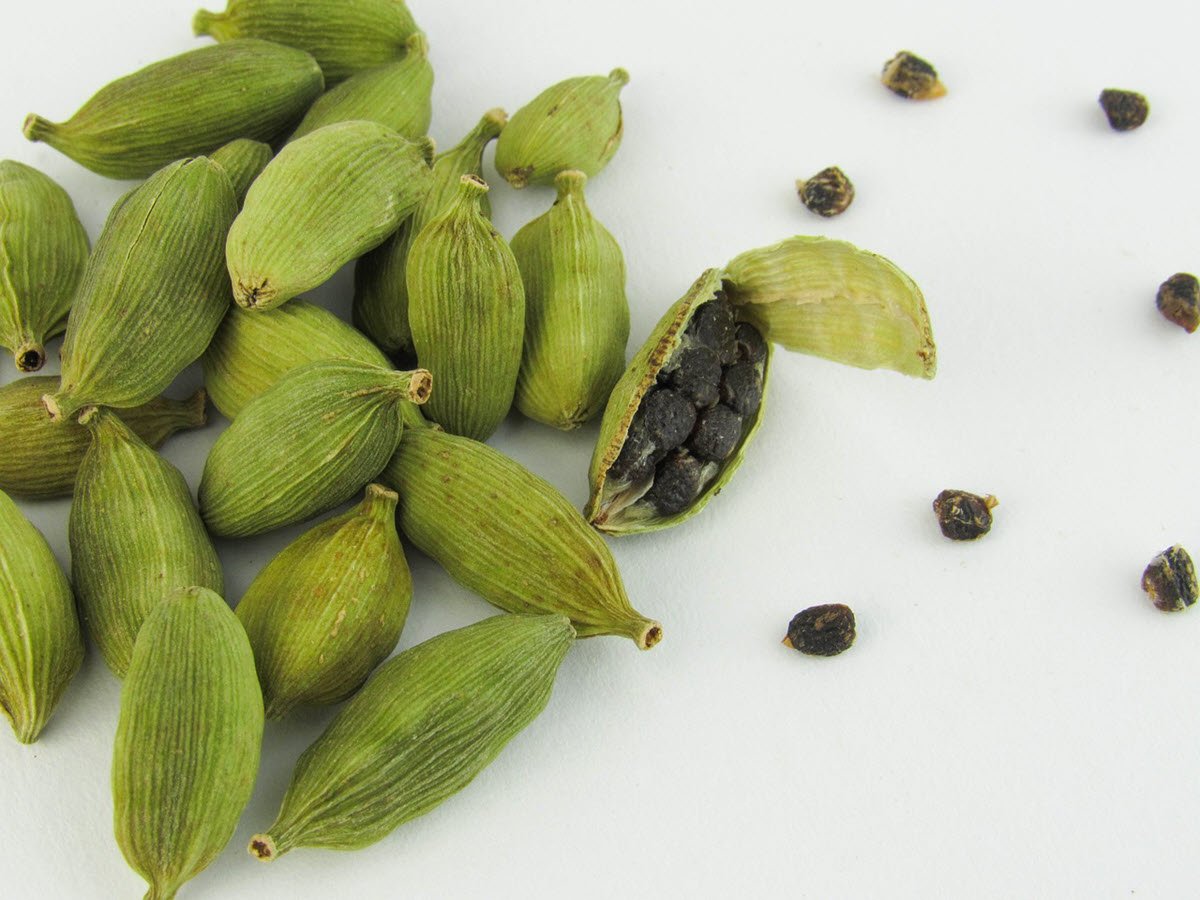
Elettaria cardamonum, originates in India and Sri Lanka and is a member of the ginger family.
Cardamom is cultivated in many tropical countries such as Vietnam, Tanzania, and Guatemala. It’s a typical ingredient in Arabic, Indian, Middle Eastern, and Swedish cuisine and it goes well with both sweet and savory dishes.
The most common types are green cardamom and black cardamom. The whole pods have a triangular shape and contain small black seeds.
You can either remove the seeds and grind them into a powder or use the whole pods to infuse flavors into your dishes.
Green cardamom is the one that’s most widely available and it has a sweet, floral flavor profile.

Black cardamom has a more intense, smoky flavor and pairs best with savory dishes. This kind may not be so easy to find in grocery stores and you’ll have better chances online.
White cardamom is even less common, and it’s actually green cardamom that was bleached. During the bleaching process, some of the essential oils present in cardamom are lost, which is why the white variety has a mellower flavor compared to green.
What Does Cardamom Taste Like?
Green cardamom has a floral, citrusy scent and sweet flavor that many describe as a mix of ginger and pepper. The smell matches the intensity of the taste.
Black cardamom has a smoky, earthy flavor, which is why it’s predominantly used for savory recipes.
In contrast, green cardamom complements both sweet and savory dishes, as well as baked goods.
Cardamom Substitutes
Green cardamom is the type used most, so this is the one we recommend you replace it with one of the substitutes below.
This spice has a complex flavor, so any other single spice won’t perfectly replicate it. However, these individual condiments can be used to substitute in a recipe.
We’ll also be discussing some spice mixes that will give you a taste closer to the original, including for using in popular recipes such as garam masala, chai, curry and baked goods.
Single Spices
All of these spices are quite potent, so I recommend you start with 1/2 of the spice quantity your recipe calls for. You can always adjust later if needed.
Cinnamon

Cinnamon is a staple in many parts of the world, and you might have some in your kitchen.
It has a similar warm and sweet flavor profile and it’s the perfect replacement for desserts and baked goods.
Start with a 1:2 ratio or less and add more if desired.
Nutmeg
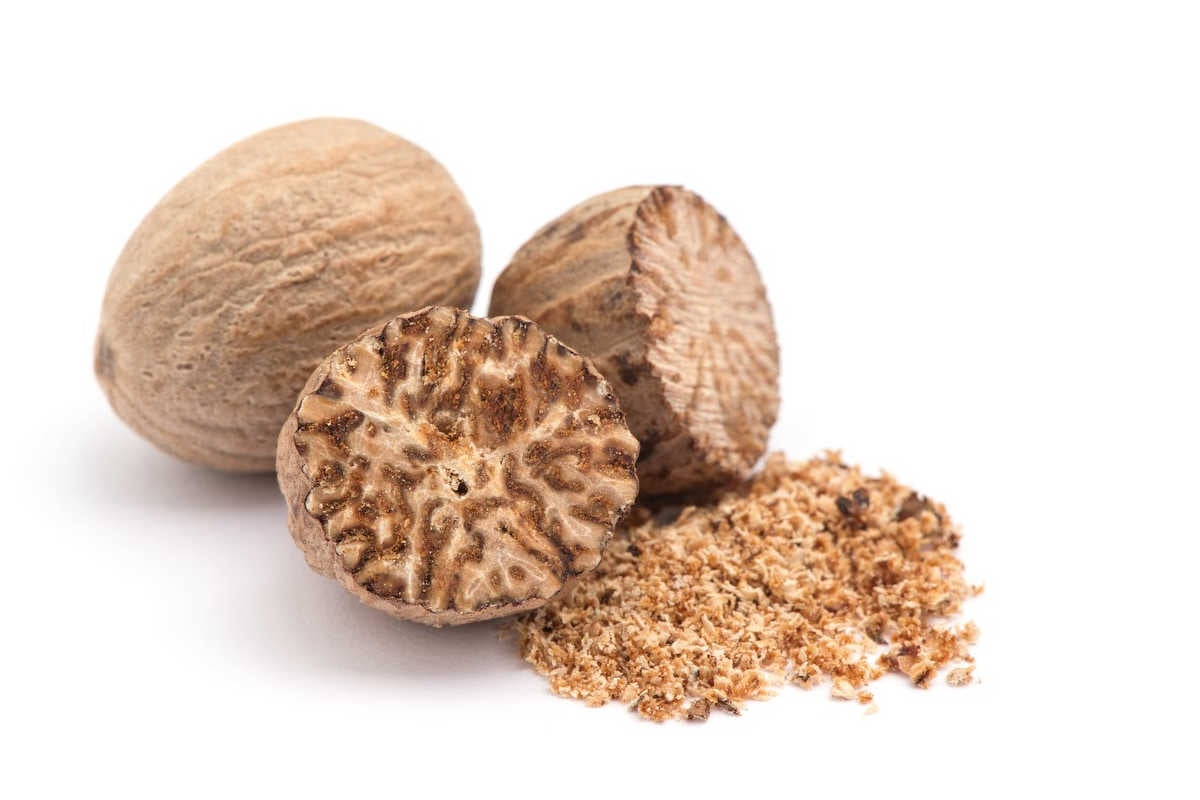
Nutmeg has an intense, warm aroma with nutty hints that makes it suitable for replacing cardamom in chai tea, porridges, baked goods, and warm drinks.
For recipes that require whole cardamom pods, you can use whole nutmeg as a replacement.
It’s not an exact match, but it does share one of the most similar flavor profiles as a single spice and can be a replacement in a 1:1 ratio.
Ginger

Cardamom and ginger are related, so it’s no surprise they can substitute each other.
The warm and peppery flavor of ginger is a suitable alternative to cardamom in both savory dishes and some desserts.
Use only half the amount if you’re substituting cardamom with fresh ginger.
Ground ginger doesn’t have such a strong flavor, so you can use a 1:1 ratio when replacing cardamom.
Cloves
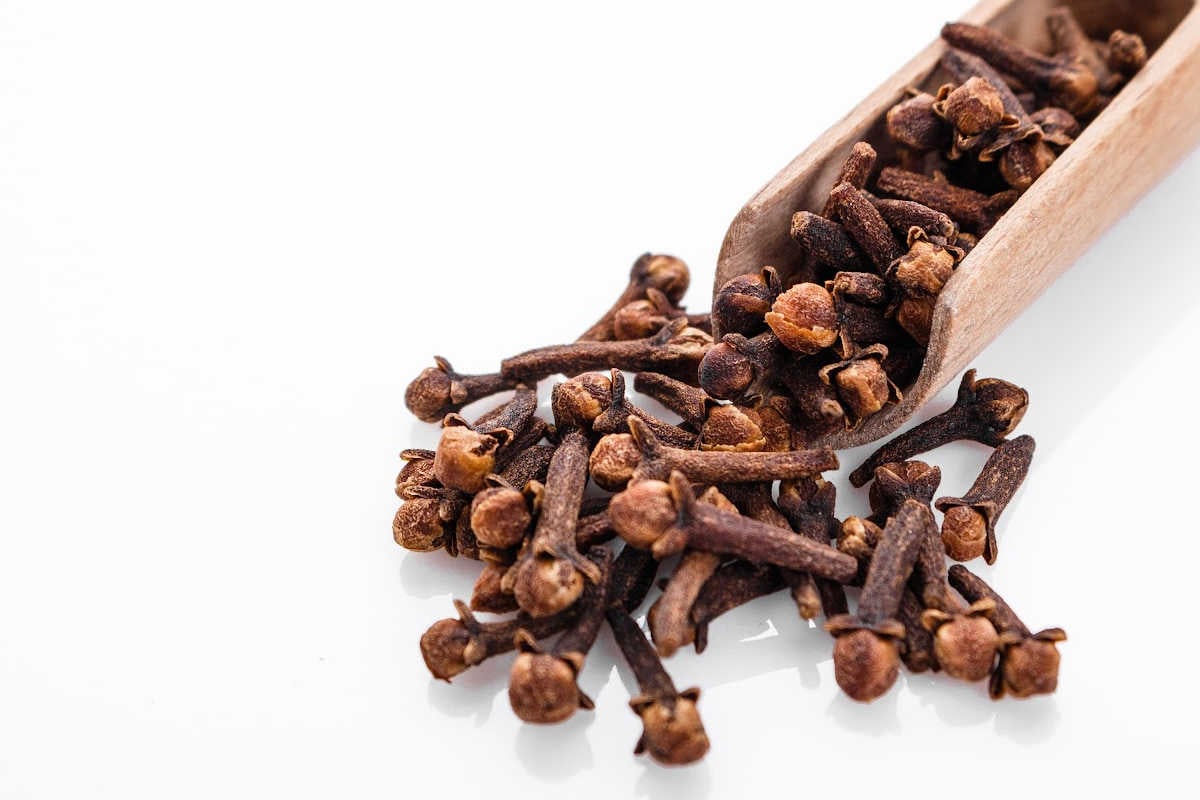
With an intense flavor that’s a unique mix of warm and spicy, cloves are another simple cardamom substitute. Start with half the amount of cloves and add more only if needed.
Whole cloves are best for savory dishes such as stews, marinades, and sauces. For desserts and baked goods, ground cloves are the most suitable option.
Coriander Seeds
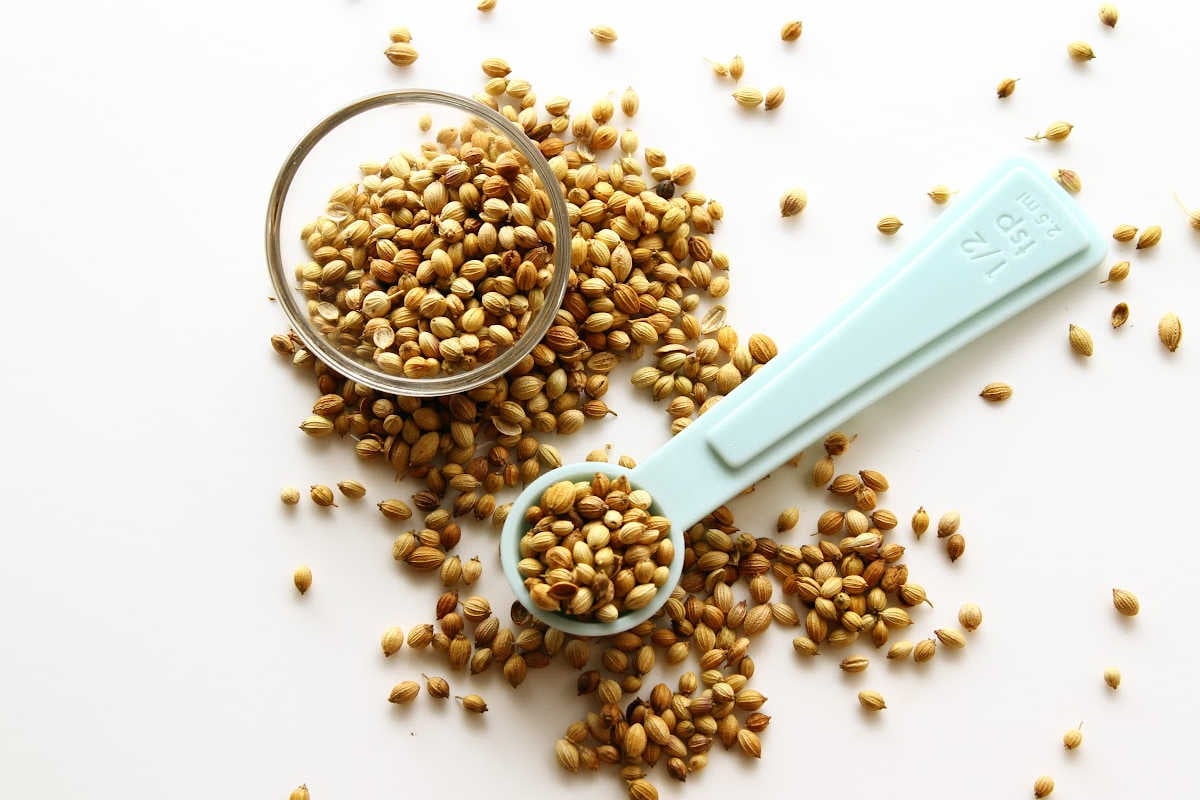
Many savory recipes and spice blends can benefit from coriander seeds as a cardamom replacement. Be aware this is a very fragrant spice and add only a small amount at first.
Coriander seeds are spicy, nutty, and citrusy. They’re best for seasoning savory dishes like curries, stir-fries, and soups in both ground or whole form.
Cumin
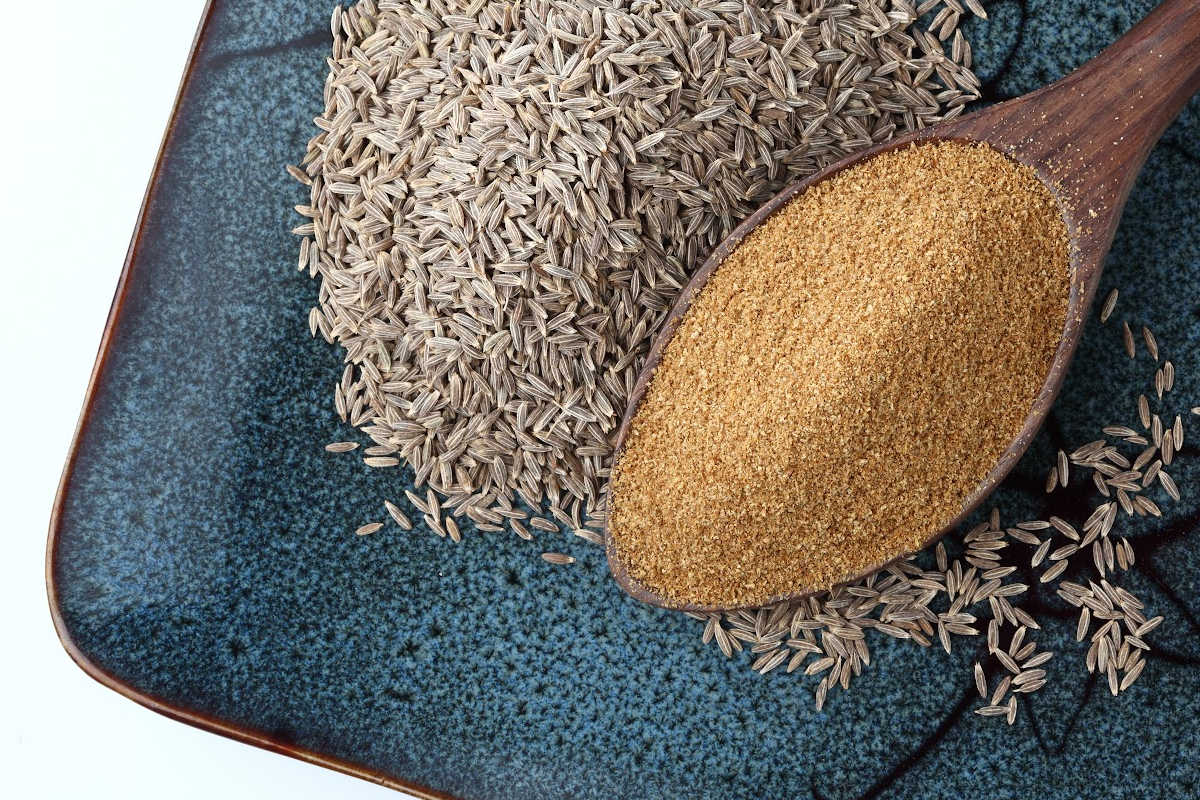
Cumin has warmth and spiciness, but it lacks the sweet and citrusy hints cardamom has.
It’s great for savory recipes, marinades, and dry rubs, but I don’t recommend it for sweet recipes and desserts.
Cumin is the kind of spice that maintains its powerful aroma even for slow cooked foods.
A good rule of thumb is to use half the amount of cumin when replacing cardamom. Give your dish a taste test towards the end of the cooking process and add a little more if needed.
Allspice

The name says it all: a single spice that packs the flavor of many!
With hints of clove, nutmeg, and cinnamon, allspice is a versatile cardamom substitute.
You can use it for desserts, drinks, and savory dishes such as soups, curries, meats, and fish.
At first, add only half the amount you would use for cardamom and adjust as needed to avoid overpowering your dish.
Galangal

The final option is galangal, which also belongs to the ginger family. Because of its close relationship to ginger, you’ll find out that galangal tastes a lot like it: an earthy, citrusy flavor that adds some heat to your recipe.
Galangal is available in different forms; so you can buy it fresh, powdered, or ground to use in place of cardamom.
A bit of fresh, grated galangal makes a wonderful addition to stews, soups, marinades, meat, and fish dishes.
Ready-Made Mixtures
Apple Pie Spice

The popular ingredient we often add to our homemade apple pies is also a viable replacement.
It’s actually a combination of nutmeg, cinnamon, and allspice. All of these spices can be used as standalone substitutes for cardamom, so it makes total sense to consider this mix as an option.
Apple pie spice works well for sweet recipes but also for some curries and marinades. It’s also a great black cardamom substitute. Use a 1:2 ratio at first and add more if desired.
Chai Tea Blend
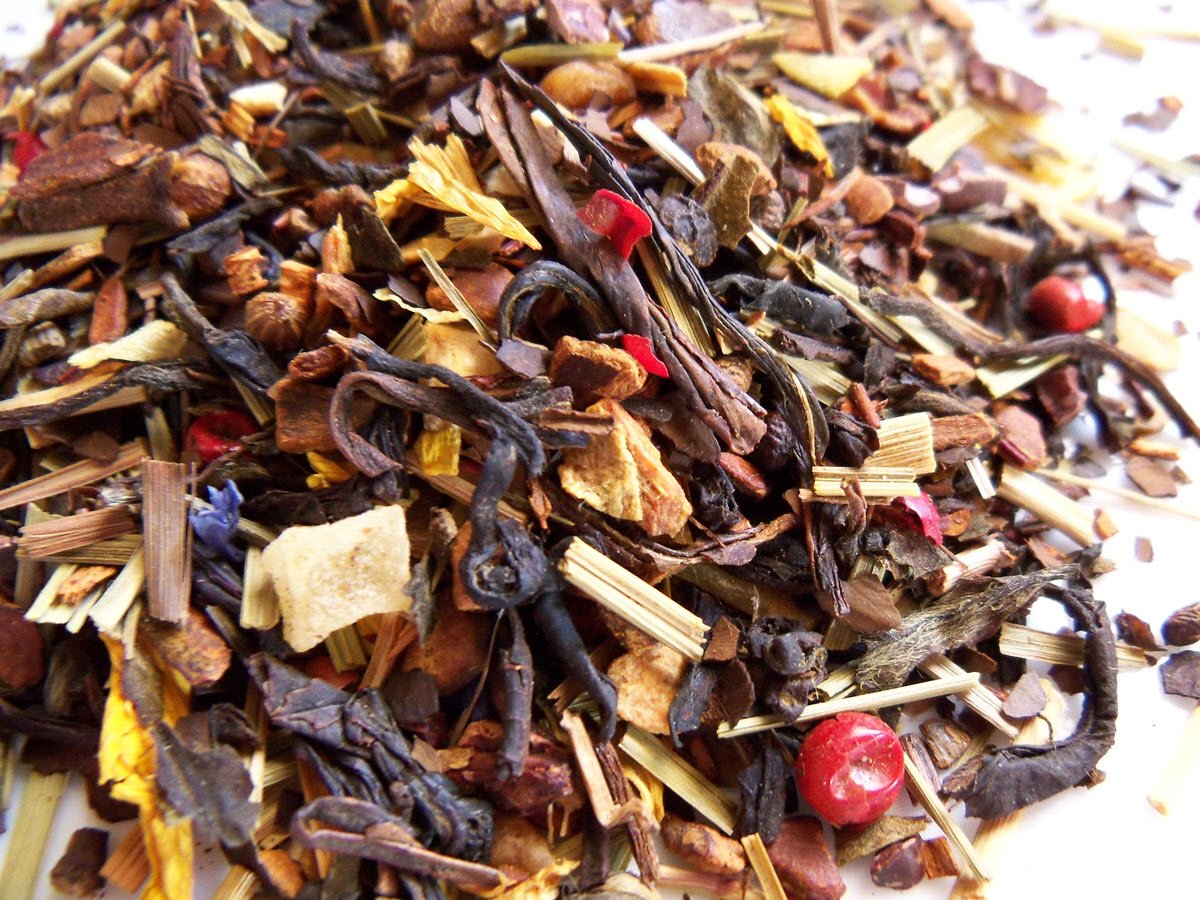
Cardamom is a typical ingredient for Chai Tea Blend, among other spices such as cinnamon, cloves, ginger, star anise, and black pepper.
Chai Tea Blend can replace cardamom for some recipes, being the most suitable for warm drinks and desserts.
This blend is strong and spicy, so use your best judgment when choosing it as a cardamom alternative and always start with a 1:2 ratio before doing a taste test.
Pumpkin Spice
Pumpkin spice is another spice blend that’s made of standalone cardamom substitutes.
Cinnamon, ginger, nutmeg, allspice, and cloves create a warm, sweet, and floral flavor profile that’s ideal for desserts. A 1:2 ratio is a good place to start, since you can always adjust later.
Garam Masala
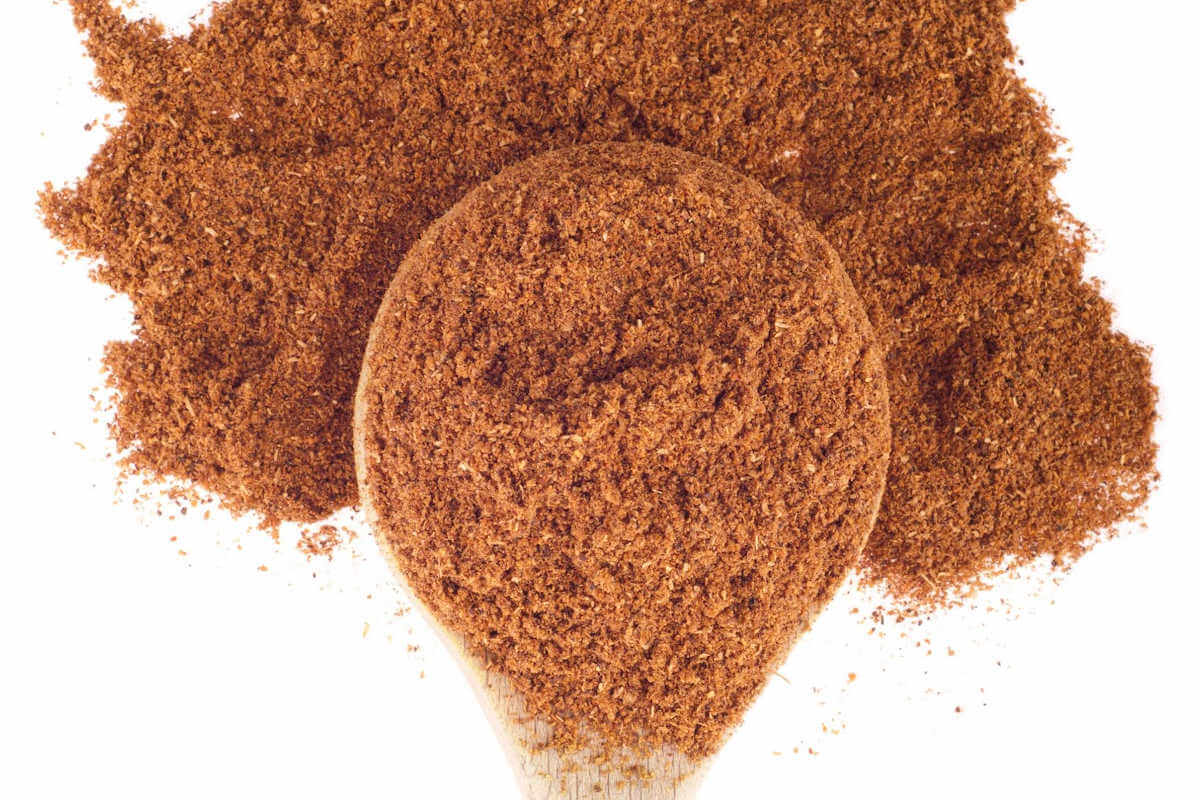
This Indian spice blend usually includes cardamom and a variety of other spices such as cinnamon, coriander, cumin, cloves, bay leaves, and black pepper.
Garam masala is a great alternative for cardamom in Indian dishes but it does have a different flavor profile so it won’t provide an exact match.
As most spice blends, this one has a powerful flavor and it’s best to use just a small amount to start.
Look for how much cardamom your recipe calls for and add just half the amount of garam masala.
DIY Spice Blends
Using a single spice as an ingredient replacement is obviously the easiest option. No substitute will offer an exact flavor match, though.
To make a more similar replacement, there are easy spice blends you can make at home in a few seconds.
Cinnamon + Nutmeg
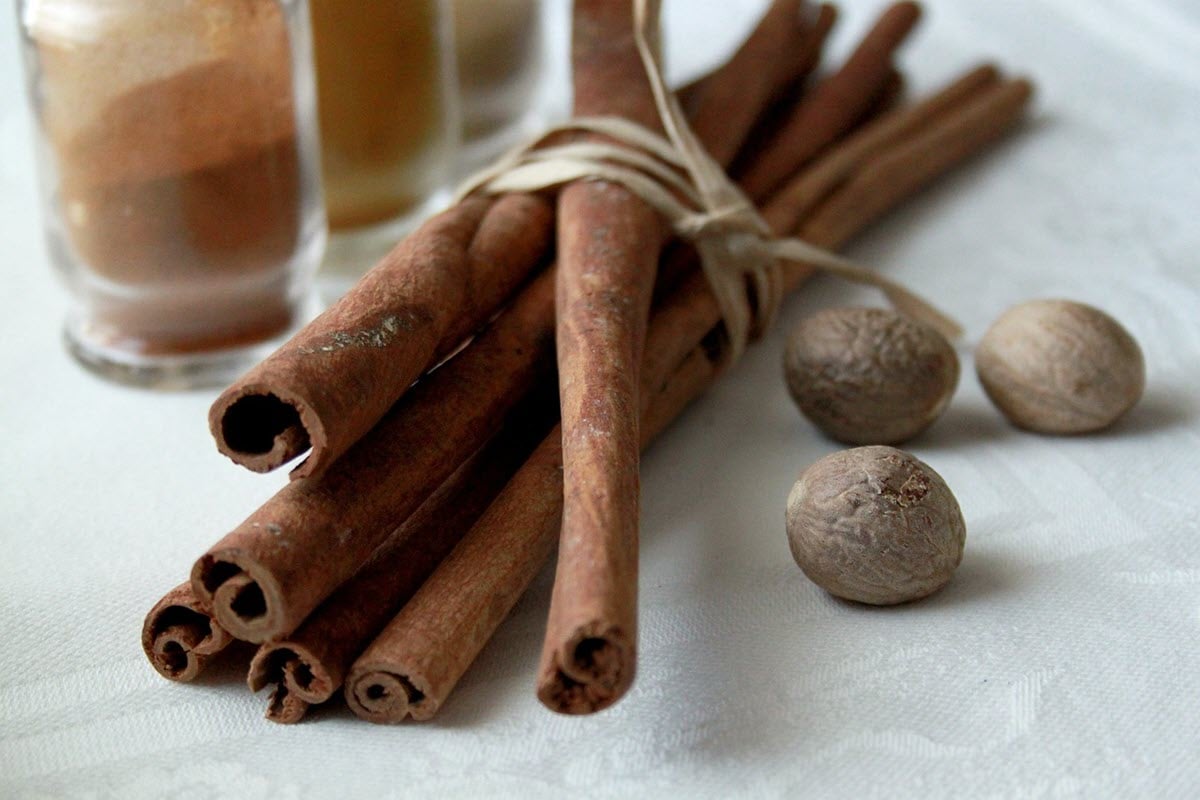
By mixing equal parts of nutmeg and cinnamon, you get a much closer alternative to the original.
It pairs well with desserts, baked goods, and sweet meat-based dishes.
Cinnamon + Cloves

Cinnamon and cloves make one of the closest cardamom alternatives, especially for savory dishes such as soups, broths, curries, stews, and seafood dishes.
Making this blend is super easy, since you just need to mix equal parts of cloves and cinnamon.
Cinnamon + Anise Seeds
Equal parts of cinnamon and anise seeds make a unique spice mix that’s ideal for desserts, baked goods, and other sweet dishes.
Cardamom’s floral notes are not present, but anise’s licorice flavor and cinnamon’s earthiness complement most desserts calling for cardamom.
Cinnamon + Ginger

This mix has a lovely warm and citrusy flavor that works really well for savory recipes, meat and rice.
To make it, mix equal parts of ginger and cinnamon, but add only 1/2 the required quantity to your dish and adjust as needed.
Nutmeg + Cloves
The fragrant and slightly bitter cloves mixed with the earthy nutmeg offer a flavor that’s pretty close to cardamom.
Equal parts are needed to make this quick spice blend and it goes well a variety of savory dishes.
Cumin + Coriander
If you have these two spices on hand, mix 1/2 teaspoon of cumin with 1 teaspoon of coriander and use this seasoning to flavor curries, meat, and other savory recipes.
Whole Vs. Ground Cardamom
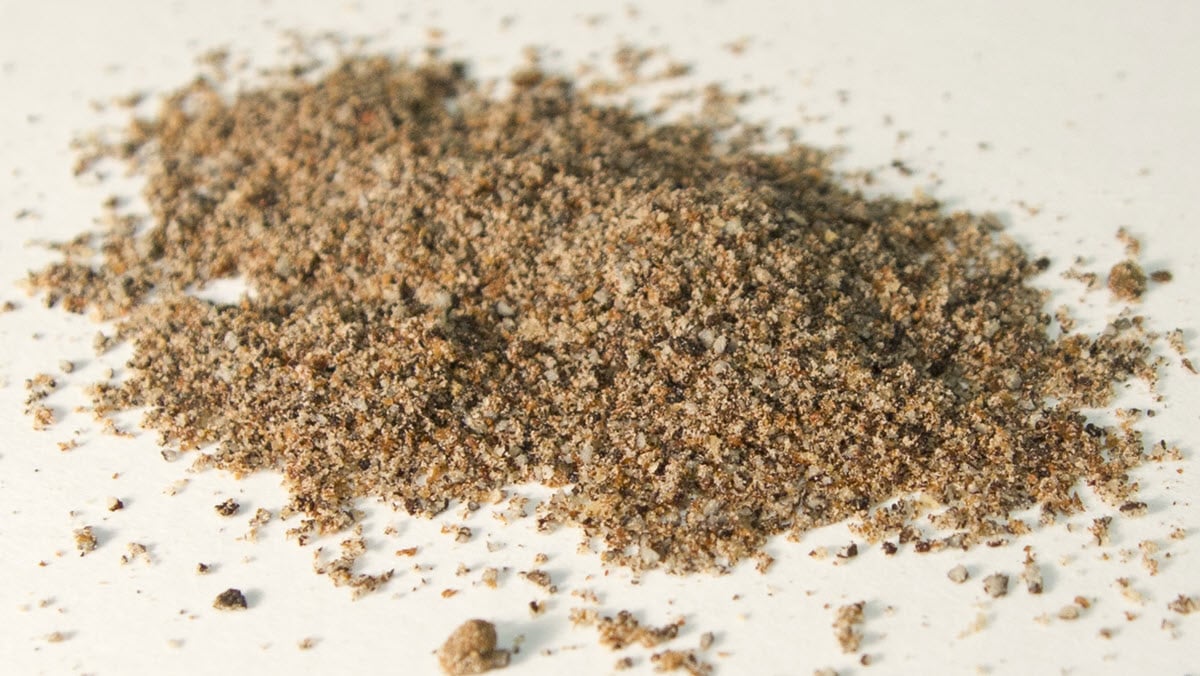
Some recipes call for cardamom pods while others require ground cardamom.
Swapping between these two is possible as long as you follow this ratio:
1 teaspoon of ground cardamom = 6 cardamom pods
Ground cardamom has a shorter shelf life compared to whole cardamom pods. If it’s one of those spices you use occasionally it’s worth buying the pods.
You can use them whole, and even toast them for a more pronounced flavor. It’s also possible to remove the seeds and add them to your recipes or grind them.
To replace whole cardamom, look for options that can also be used whole, such as cinnamon sticks, a whole nutmeg, or a piece of ginger root.
The safest way to use your cardamom substitute, is to add it in smaller increments to your dish. This way you can add a little more if needed, but not as much to overpower the other ingredients.
Best Cardamom Substitutes For Baking
When it comes to baking, only some cardamom alternatives are suitable. The ones that mimic cardamom best are cinnamon, nutmeg, ginger, and allspice.
Mix 1/2 teaspoon of cinnamon and 1/2 teaspoon of nutmeg or allspice and you’ll have one of the best cardamom substitutes for baking!
Best Cardamom Substitute For Garam Masala
The famous Indian spice blend usually contains cinnamon, cumin, coriander, cloves, nutmeg, black pepper, and cardamom.
If you’re trying to make a homemade version a suitable cardamom replacement is cumin mixed with allspice in a 1:1/4 ratio.
Best Cardamom Substitute For Curry
Equal parts of cumin and coriander will perfectly substitute cardamom in curries.
These two spices are often used in curries, and by adding more you’ll give your dish a flavor boost that you already know it works.
Best Cardamom Substitute For Chai Tea
The flavorful Chai tea drink requires cardamom, among other ingredients.
To get a matching aroma for your chai tea, replace cardamom with equal parts of cinnamon, allspice, ginger, and black pepper.
F.A.Q.
Yes, but each is best for specific uses. Black cardamom is rich and smoky, being used mostly for savory recipes. White cardamom has a milder flavor which makes it perfect for desserts and baked goods.
To match the complex flavor profile of black cardamom, mix cinnamon, allspice, and nutmeg.
Cinnamon, nutmeg, allspice, and coriander seeds are similar in flavor to cardamom. Some blends using them such as cinnamon and nutmeg, and cinnamon and allspice will offer an even closer match to cardamom’s flavor.
Cumin is a possible alternative for cardamom and it works even better when mixed with coriander in equal parts, especially for Indian dishes such as curry.
To Wrap It Up
Knowing the best substitute is a must for every home chef. You could be out of this spice and unable to go to the store at the moment, or your budget might not simply allow you to buy it right now.
Luckily, there’s a huge variety of alternatives you can pick from; most of those are probably already sitting in your pantry.
From cinnamon to nutmeg to ginger, the list goes on and on, giving you a lot of freedom to experiment with each item and discover new flavors!
Hi!
Ginny Collins is a passionate foodie and recipe creator of Savor and Savvy and Kitchenlaughter. Indoors she focuses on easy, quick recipes for busy families and kitchen basics. Outdoors, she focuses on backyard grilling and smoking to bring family and friends together. She is a lifelong learner who is always taking cooking classes on her travels overseas and stateside. Her work has been featured on MSN, Parade, Fox News, Yahoo, Cosmopolitan, Elle, and many local news outlets. She lives in Florida where you will find her outside on the water in her kayak, riding her bike on trails, and planning her next overseas adventure.
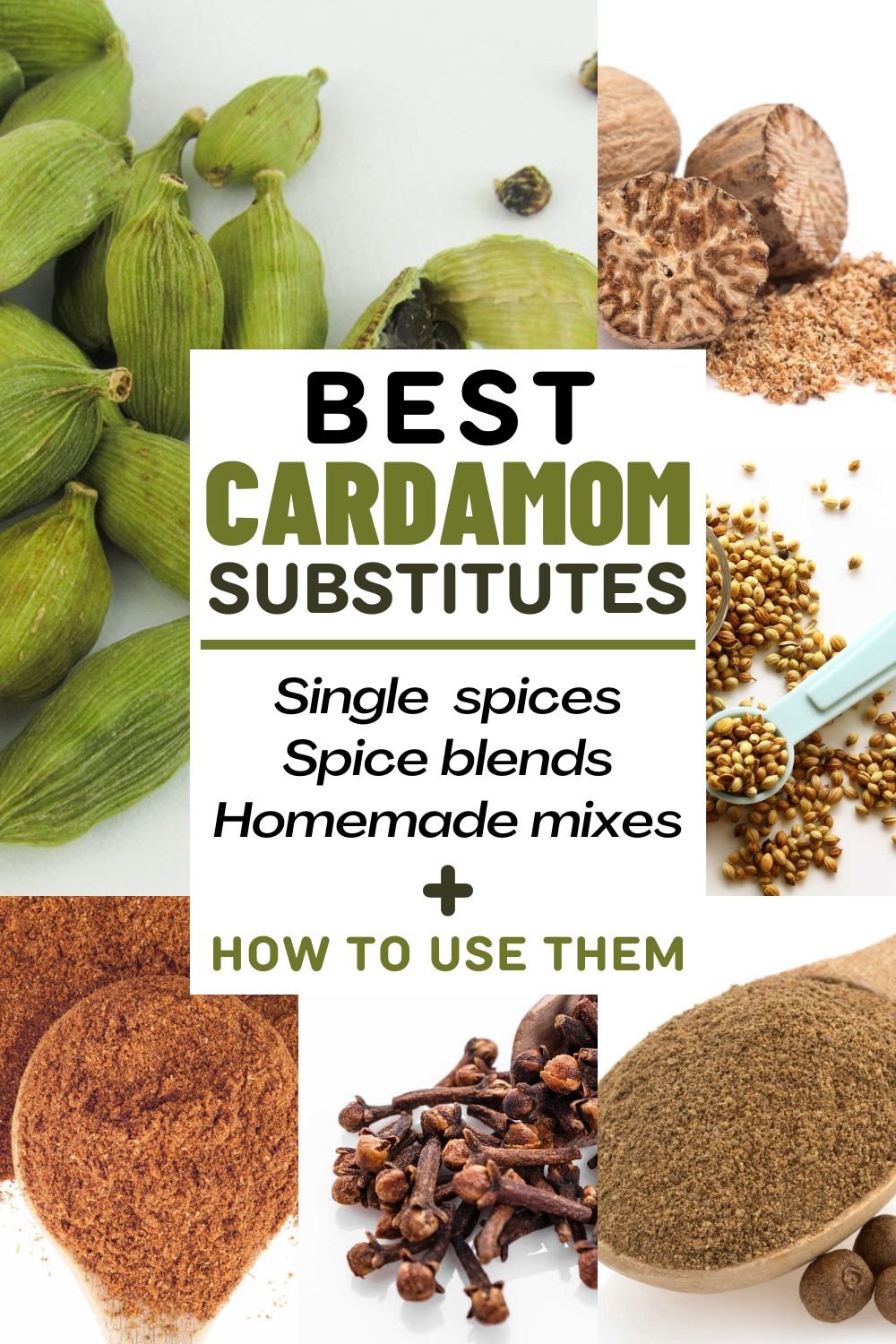







Leave a Reply